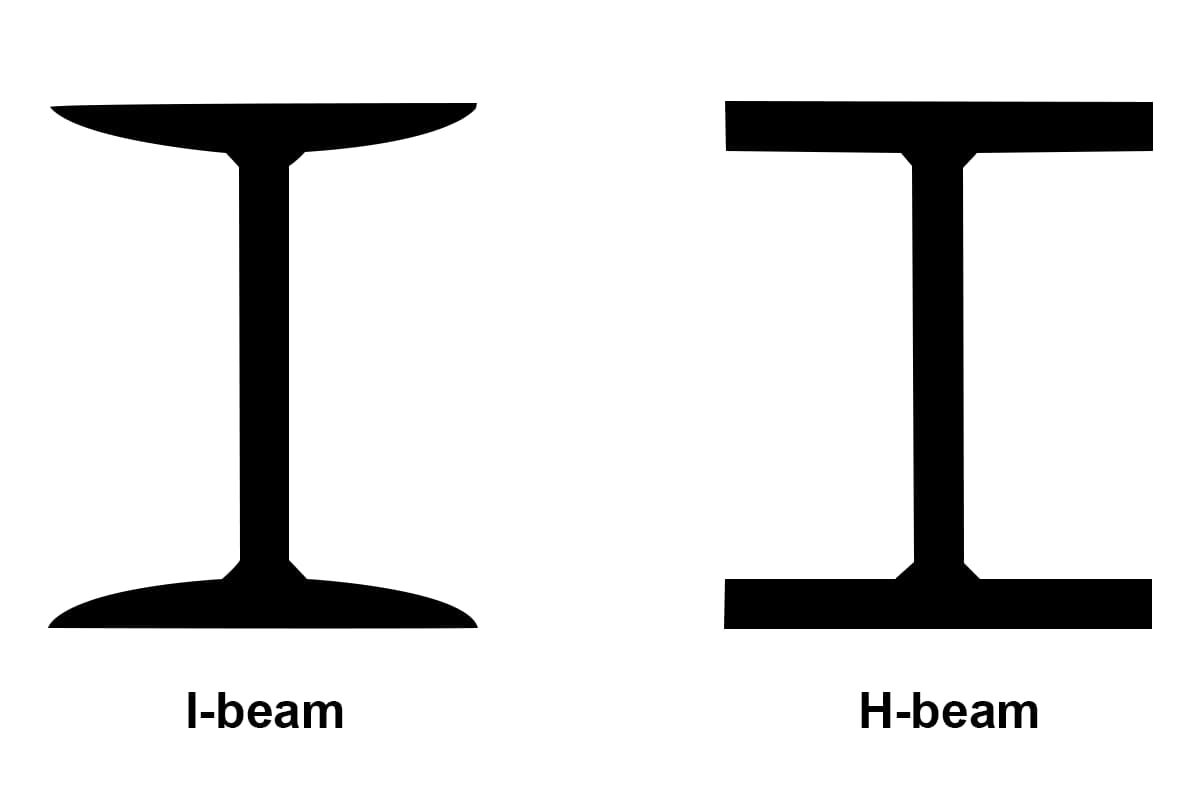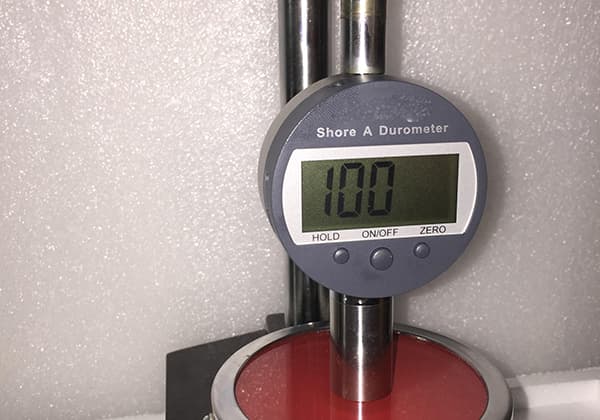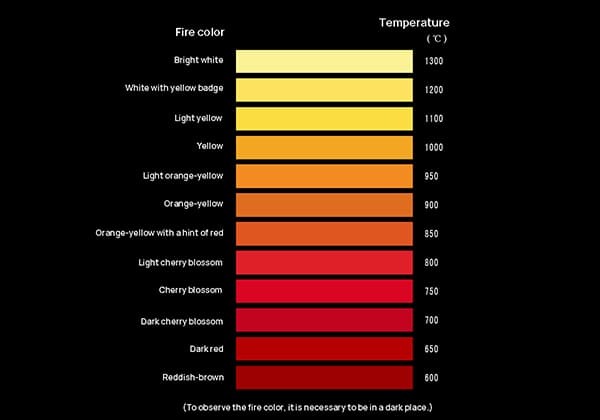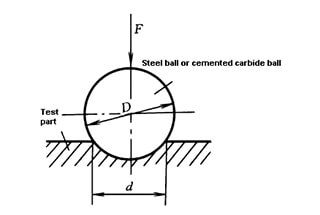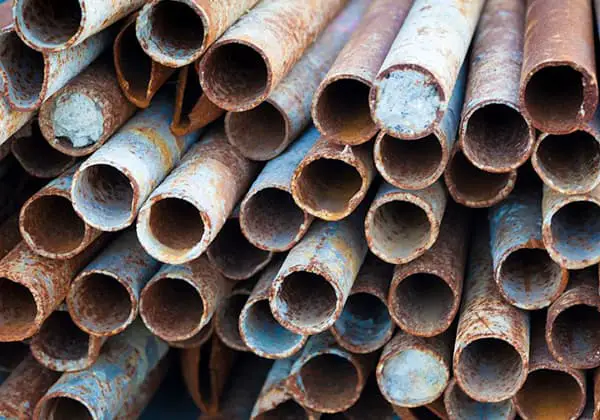
Ever wondered about the different types of pipes and their specific uses? This comprehensive guide explores everything from seamless to welded pipes, delving into their production methods, applications, and classifications. Whether you’re curious about which pipe is best for transporting fluids or constructing mechanical parts, this article will equip you with essential knowledge to make informed decisions. Explore the fascinating world of pipes and learn how to choose the right one for your needs!
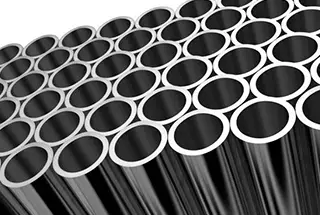
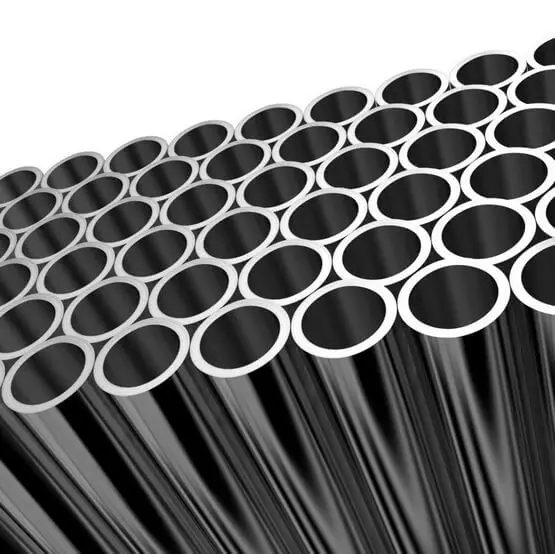
(1) Seamless pipes – hot-rolled, cold-rolled, cold-drawn, extruded and topped pipes
(2) Welded pipes
(a) Divided by the process – electric arc welding tube, resistance welding tube (high frequency, low frequency), gas welding tube, furnace welding tube
(b) Divided by weld seam – longitudinal welded pipe, spiral welded pipe
(1) Simple cross-section steel pipe – round steel pipe, square steel pipe, oval steel pipe, triangular steel pipe, hexagonal steel pipe, diamond-shaped steel pipe, octagonal steel pipe, semi-circular steel round, other
(2) Complex cross-section steel pipe – unequal hexagonal steel pipe, five-petal plum-shaped steel pipe, biconvex steel pipe, biconcave steel pipe, melon seeds-shaped steel pipe, conical steel pipe, waviness steel pipe, supra-crust steel pipe, others
Thin-walled steel pipe, thick-walled steel pipe
Pipeline steel pipe, steel pipe for thermal equipment, steel pipe for machinery industry, steel pipe for petroleum, geological drilling, container steel pipe, steel pipe for the chemical industry, special-purpose steel pipe, other

The seamless steel pipe is a kind of long steel with a hollow section and no seams around.
It has a hollow section and is widely used as a pipeline for transporting fluids, such as oil, natural gas, gas, water and some solid materials.
Compared with solid steel such as round steel, steel pipe is lighter in flexural and torsional strength.
It is a kind of economical section steel, which is widely used in the manufacture of structural parts and mechanical parts, such as oil drill pipes, automobile transmission shafts, bicycle frames and steel scaffolding used in construction etc.
When manufacturing ring-shaped parts with steel pipe, it can improve material utilization, simplify manufacturing processes, saving materials and processing time, such as rolling bearing rings, jack sets, etc., so it has been widely used to manufacture steel pipe.
Steel pipe or a variety of conventional weapons indispensable material, gun barrel, gun barrel, etc. are to steel pipe manufacturing.
Regardless of steel pipes or indispensable materials for various conventional weapons, barrels and pirn must be made of steel pipes.
Steel pipes can be divided into round pipes and special-shaped pipes according to different cross-sectional area shapes.
Since the circle area is the largest under the condition of the same circumference, more fluid can be transported with a circular tube.
However, round pipes also have certain limitations.
For example, under the condition of plane bending, round pipes are not as strong as square and rectangular pipes.
Some agricultural machinery frameworks, steel and wood furniture, etc. often use square and rectangular pipes.
Other cross-sectional shapes are also available depending on the application.
The steel pipe is divided into two types: wire and non-woven.
The wire pipe is connected with joints, and the non-woven pipe is connected with tool joints by butt welding method.
The working temperature of the wall of C-Mn steel seamless pipe is not more than 450℃ and that of alloy steel seamless pipe is more than 450℃.
The use of precision seamless steel pipes to manufacture mechanical structures or hydraulic equipment can greatly save machine time, increase material utilization, and help improve product quality at the same time.
According to different cross-sectional shapes and dimensions, it can be divided into seamless steel tube with an equal wall thickness (code-named D), seamless steel tube with an unequal wall thickness (code-named BD) and seamless steel tube with a variable diameter (code-named BJ).
Seamless profiled pipes are widely used in various structural parts, tools and mechanical parts.
Compared with round pipes, profiled seamless steel pipe generally has larger inertia moment and cross-sectional modulus, as well as larger bending and torsional resistance, which can greatly reduce structural weight and save steel.
Common standard: Cold-drawn profiled steel pipe (GB/T 3094-2012).

Welded steel pipe, also known as welded pipe, is made of steel plate or steel strip welded after the roll-forming steel pipe.
Welded steel pipe has a simple production process, high production efficiency, many varieties and specifications, and less equipment, but its general strength is lower than the seamless steel pipe.
Since the 1930s, with the rapid development of high-quality strip continuous rolling production and the advancement of welding and inspection technology, the quality of welds has been continuously improved.
The variety and specifications of welded steel pipes are increasing, and they have replaced seamless steel pipes in more and more fields.
According to the form of the weld , welded steel pipe is divided into longitudinal welded pipe and spiral welded pipe.
The longitudinal welded pipe has a simple production process, high production efficiency and low cost, which make it develop fast.
The strength of spiral welded pipes is generally higher than that of straight seam welded pipes.
A narrower blank can be used to produce welded pipes with larger pipe diameters, and a billet with the same width can be used to produce welded pipes with different pipe diameters.
However, compared with the straight seam pipe of the same length, the weld length is increased by 30-100%, and the production speed is lower.
As a result, longitudinal seam welds are mostly used for smaller diameter welded pipes, while spiral welds are used for larger diameter welded pipes.
It is a welded steel pipe for conveying water, gas, air, oil and heating steam and other generally lower pressure fluids and other purposes.
According to wall thickness, steel pipe is divided into ordinary steel pipe and thickened steel pipe; according to the connection end form, it is divided into unthreaded steel pipe (smooth pipe) and threaded steel pipe.
The specification of the steel pipe is expressed by the nominal diameter (mm), which is the approximate value of the inner diameter.
It is customary to express in inches, such as 11/2.
Welded steel pipes for low-pressure fluid transportation are not only directly used to transport fluids, but also as the original pipes of galvanized welded steel pipes for low-pressure fluid transportation.
It is a hot-dip galvanized welded (furnace welded or electric welded) steel pipe used to transport water, gas, air oil, heating steam, warm water and other generally lower pressure fluids or other purposes.
According to wall thickness, steel pipe is divided into ordinary galvanized steel pipe and thick galvanized steel pipe; according to the connection end form, it is divided into non-threaded galvanized steel pipe and threaded galvanized steel pipe.
The specification of the steel pipe is expressed by the nominal diameter (mm), which is the approximate value of the inner diameter.
It is customary to express in inches, such as 11/2.
It is usually divided into metric welding steel pipe, electric welding thin-walled pipe and transformer oil cooler etc..
The steel pipe has strong pressure bearing capacity and good welding performance.
After various strict scientific inspections and tests, it is safe and reliable to use.
The steel pipe has a large diameter, high transmission efficiency, and can save investment in laying pipelines, which is mainly used in pipelines for transporting oil and natural gas.
Spiral seam high-frequency welded steel pipe welded by high-frequency lap welding method for conveying pressure fluid.
The steel pipe has strong pressure bearing capacity and good plasticity, which is convenient for welding and processing;
After various rigorous and scientific inspections and tests, it is safe and reliable to use.
The steel pipe has a large diameter and high transmission efficiency, which can save investment in laying pipelines.
It is mainly used to lay pipelines for transporting oil and natural gas.
Submerged arc welded steel pipes made by double-sided automatic submerged arc welding or single-sided welding for general low-pressure fluid transportation such as water, gas, air and steam.
High-frequency lap welding is used to weld spiral seam high-frequency welded steel pipes for general low-pressure fluid transportation.
They are used for civil construction, Steel pipes for foundation piles such as docks and bridges.
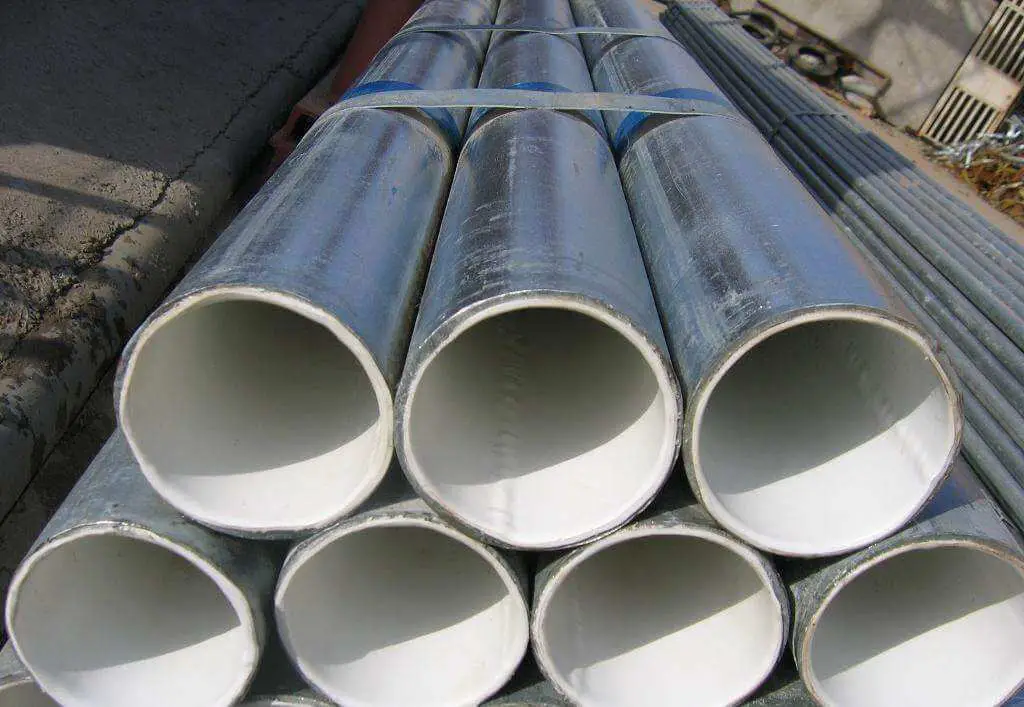
The steel-plastic composite pipe is made of hot-dip galvanized steel pipe as the base body, and is made by coating plastic on the inner wall (the outer wall when needed) by powder fusion spraying technology, with excellent performance.
Compared with galvanized pipe, it has the advantages of anti-corrosion, no rust, no fouling, smooth and smooth, clean and non-toxic, and long service life.
According to tests, the service life of the steel-plastic composite pipe is more than three times that of the galvanized pipe.
Compared with plastic pipes, it has the advantages of high mechanical strength, pressure resistance and heat resistance.
Since the substrate is a steel tube, there is no embrittlement or aging problem.
It can be widely used in tap water, gas, chemical products and other fluid transportation and heating projects, which is an upgraded product of galvanized pipe.
Because its installation and use method are basically the same as that of traditional galvanized pipes, the pipe fittings are also in exactly the same form, so it can replace aluminum-plastic composite pipes to play a role in large-caliber tap water transportation.
It is welcomed by users and has become one of the most competitive new products in the pipeline market.
Coated steel pipe is made by coating plastic on the basis of a large-diameter spiral welded pipe and high-frequency welded pipe.
The maximum pipe diameter is 1200mm.
Various plastic coatings with different properties such as polyvinyl chloride (PVC), polyethylene (PE) and epoxy resin (EPOZY) can be applied according to different needs.
It has advantages of good adhesion, strong corrosion-resistance, resistance to strong acid, strong alkali and other chemical corrosion, non-toxic, non-corrosive, abrasion resistance, impact resistance, and strong permeability resistance.
The pipeline surface is smooth and does not adhere to any material, which can reduce the resistance during transportation, increase the flow rate and transportation efficiency, and reduce pressure loss.
There is no solvent and no exudate substance in the coating, so it will not pollute the conveyed medium to ensure the purity and hygiene of the fluid.
In the range of -40℃ to 80℃, it can be used alternately in hot and cold cycles without aging or cracking, so it can be used in harsh environments such as cold regions.
Large-caliber coated steel pipes are widely used in engineering fields such as tap water, natural gas, petroleum, chemicals, medicine, communications, electric power, and oceans etc.

